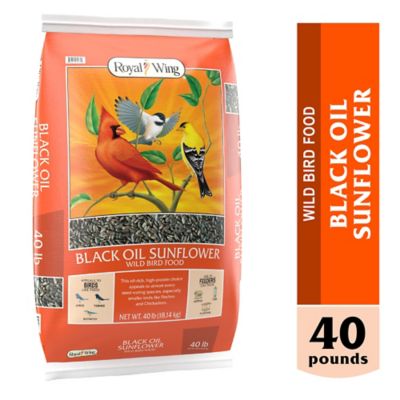DuMOR Heavy-Duty Rabbit Hutch Kit – Small Pet Cages
Rabbits and other small pets will love the DuMOR Heavy-Duty Rabbit Hutch Kit. Ideal for indoor use, this rabbit hutch kit includes everything needed for convenient, easy and efficient installation. The rabbit hutch is made with rust-resistant, heavy-gauge construction to ensure long-lasting use, and it has a removable and leak-proof pan bottom to make cleaning a breeze. With a heavy-duty latch on the large front door, your furry friend can stay safe and secure and you can have easy access when needed.
Rabbits and other small pets will love the DuMOR Heavy-Duty Rabbit Hutch Kit. Ideal for indoor use, this rabbit hutch kit includes everything needed for convenient, easy and efficient installation. The rabbit hutch is made with rust-resistant, heavy-gauge construction to ensure long-lasting use, and it has a removable and leak-proof pan bottom to make cleaning a breeze. With a heavy-duty latch on the large front door, your furry friend can stay safe and secure and you can have easy access when needed.
- Ideal for use with rabbits and other small animals
- Rabbit hutch kit is great for indoor use
- Includes a 24 in. cage, hanging feeder, hanging water bottle with wire hanger, removable dropping pan and frame kit
- Durable rust-resistant, heavy-gauge construction
- Comes in a black color for a classic, neutral appearance
- Quick and easy rabbit hutch set-up for convenience
- Secure, easy-to-operate and heavy-duty door latch
- Removable, leak-proof pan bottom helps minimize mess
- Convenient large front door access allows for easy cleaning
- Attach support legs to cage frame
- Cut-out side panel to easily install the feeder
- Install frame on the side of the cage
- Dimensions of the rabbit hutch kit: 24 in. x 24 in. x 21 in.
- Backed by a 1 year warranty
- Wire cutters are needed for installation of the galvanized metal feeder; requires a wire cutter and adjustable wrenches
Additional information
| Animal Type | Rabbit |
|---|---|
| Indoor/Outdoor | Indoor |
| Product Height | 24 in. |
| Product Length | 16 in. |
| Product Weight | 17.95 lb. |
| Product Width | 24 in. |
| Manufacturer Part Number | HLF1710 |










by Nats
Great deal if your needing a good cage without the plastic bottom style.
by Mobius
They get the job done. Not the highest quality but, they do last a year or two. Highly suggest using some zip ties to hold the cage panels together better. The stacking pegs could be designed better but they work to stack two on top of each other.
by Meagan
Amazing rabbit cage